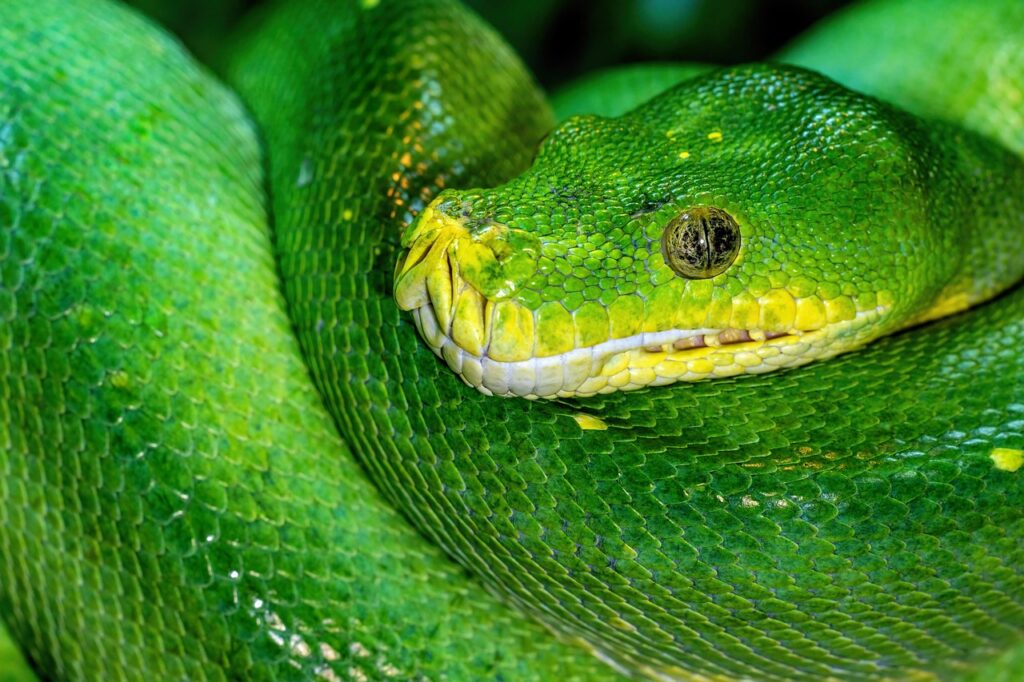Hollywood red carpets are witnessing something extraordinary. Where once we saw predictable designer gowns and standard tuxedos, now we’re seeing celebrities draped in fossil-inspired jewelry, wearing dresses that mimic the texture of ancient skin, and strutting in shoes designed to look like dinosaur claws. This isn’t just a fashion trend—it’s a cultural phenomenon that’s transforming how we think about prehistoric life. The dusty world of paleontology has collided with high fashion, creating an unlikely marriage that’s captivating millions around the globe. From museum gift shops to luxury boutiques, dinosaur culture is experiencing its most glamorous era yet.
The Jurassic Jewelry Revolution
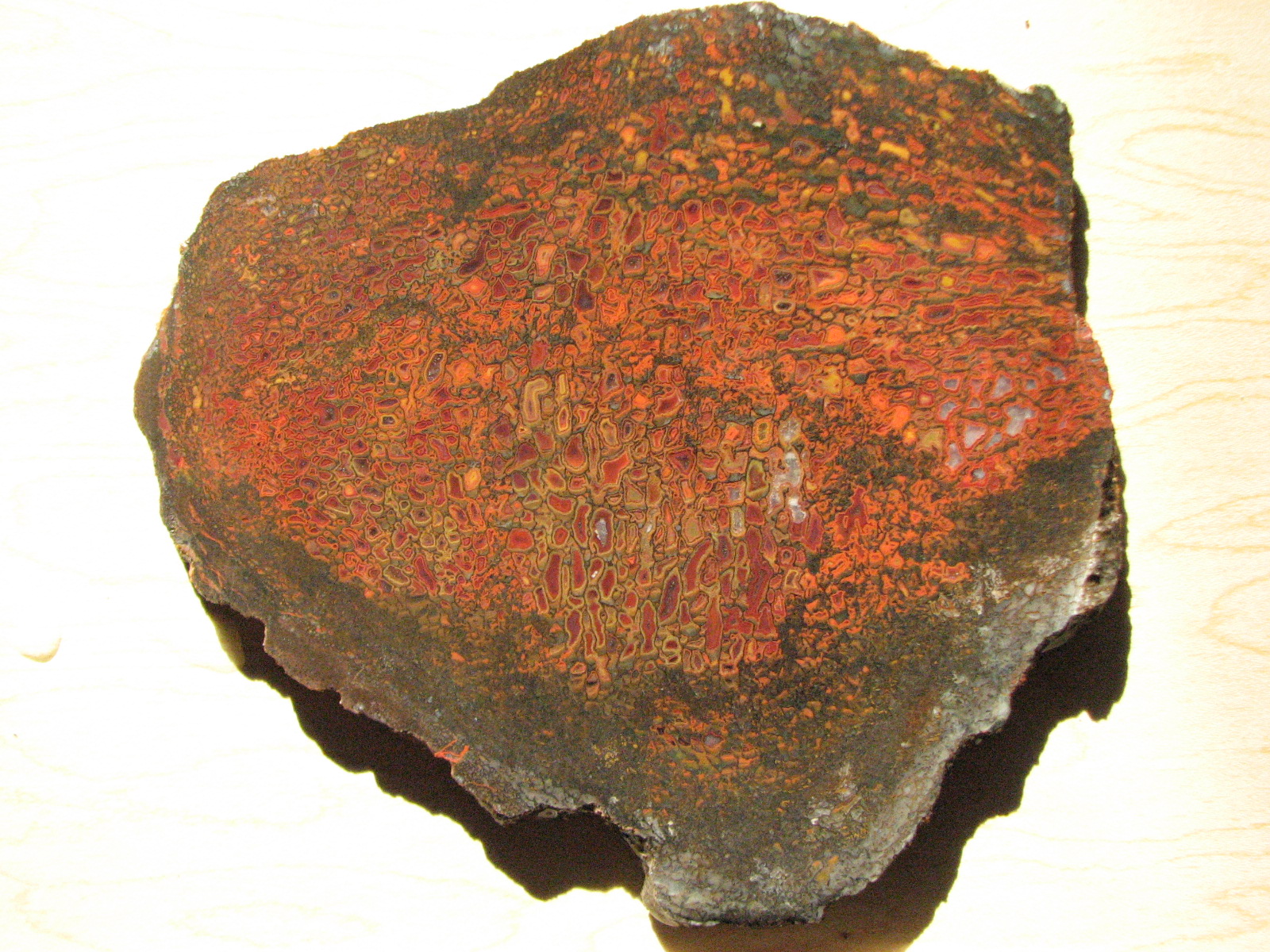
High-end jewelry designers have discovered that nothing captures attention quite like a 65-million-year-old inspiration. Tiffany & Co. recently launched their “Prehistoric Elegance” collection, featuring necklaces that mirror the vertebrae of sauropods and earrings shaped like miniature T-Rex teeth. The collection sold out within hours, proving that luxury consumers are hungry for pieces that tell ancient stories.
Celebrity endorsements have skyrocketed the trend’s popularity. When Emma Stone wore a fossilized amber necklace containing a prehistoric mosquito to the Oscars, social media exploded with searches for similar pieces. The necklace, valued at $2.3 million, became the most photographed accessory of the night. Fashion houses are now scrambling to secure partnerships with paleontologists to ensure their designs maintain scientific accuracy.
Runway Reptiles: Fashion’s Prehistoric Makeover
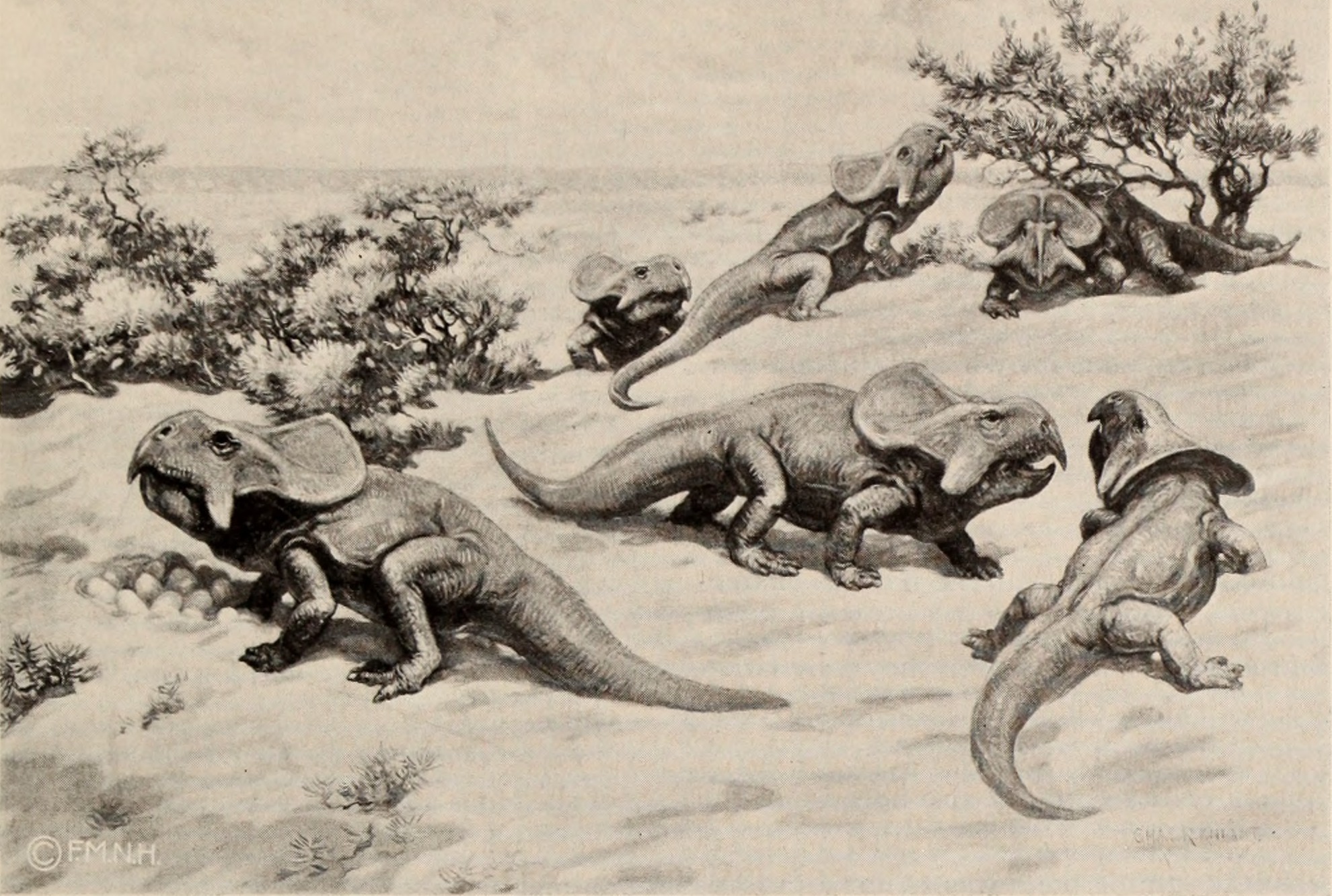
Fashion Week has become a time machine, transporting audiences back to the Mesozoic Era through fabric and form. Designers like Alexander McQueen and Balenciaga have incorporated dinosaur-inspired silhouettes into their collections, creating garments that evoke the power and majesty of these ancient creatures. Models stride down runways wearing dresses that ripple like Triceratops frills and jackets with shoulder pads reminiscent of Stegosaurus plates.
The technical innovation behind these designs is remarkable. Fashion houses are using 3D printing technology to create scale-like textures and working with paleontologists to ensure their interpretations remain scientifically plausible. Some designers have even incorporated actual fossil fragments into their creations, blurring the line between fashion and archaeology.
Museum Makeovers: Where Science Meets Style
Natural history museums are undergoing dramatic transformations to keep pace with dinosaur culture’s glamorous evolution. The American Museum of Natural History recently unveiled their “Dino Lounge,” a sophisticated bar and dining area where visitors can sip cocktails named after famous dinosaurs while surrounded by life-sized animatronic displays. The space features mood lighting, contemporary furniture, and fossil-inspired art installations that would be at home in any upscale gallery.
Museum gift shops have evolved from selling basic plastic dinosaur toys to offering curated collections of prehistoric-inspired luxury goods. The Smithsonian’s National Museum of Natural History now stocks designer handbags with fossilized leather and limited-edition perfumes that promise to capture the “essence of ancient Earth.” These upscale offerings have increased museum revenue by 340% in the past two years.
Celebrity Paleontologists: The New Rock Stars
Paleontologists are experiencing unprecedented celebrity status, with some becoming household names and commanding million-dollar speaking fees. Dr. Sarah Chen, who discovered the feathered dinosaur Borealopelta in 2017, now has 4.2 million Instagram followers and has appeared on talk shows alongside Hollywood A-listers. Her TED talk, “The Glamour of Deep Time,” has been viewed over 50 million times.
These scientific celebrities are bridging the gap between academic research and popular culture. They’re collaborating with fashion brands, consulting on major motion pictures, and even launching their own lifestyle brands. Dr. Chen’s line of “Prehistoric Luxury” home goods features everything from velociraptor-inspired furniture to Jurassic-themed interior design elements.
Digital Dinosaurs: Virtual Glamour Meets Ancient Reality
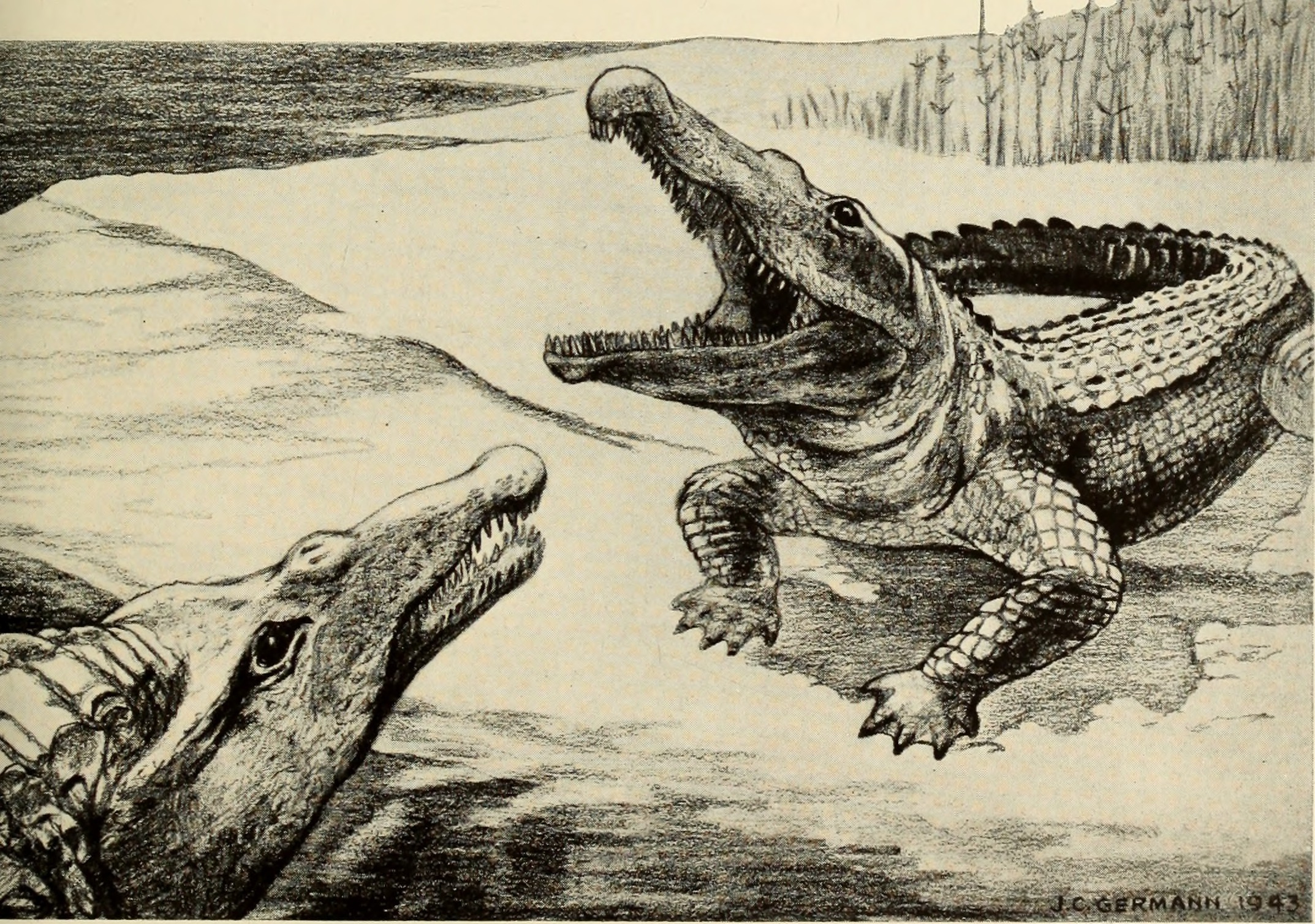
Social media platforms have become the new battleground for dinosaur glamour, with influencers creating content that blends paleontology with high fashion. TikTok’s #DinoGlam hashtag has generated over 2.8 billion views, featuring everything from makeup tutorials inspired by dinosaur coloration to fashion hauls showcasing prehistoric-themed luxury items. These digital creators are earning substantial incomes while educating audiences about ancient life.
Augmented reality apps now allow users to virtually “try on” dinosaur-inspired fashion pieces before purchasing them. The technology has revolutionized how consumers interact with prehistoric-themed products, creating immersive experiences that make ancient history feel immediate and relevant. Major retailers report that customers who use AR features are 73% more likely to make a purchase.
The Economics of Extinction: Big Business in Ancient Bones
The dinosaur luxury market has become a multi-billion dollar industry, with fossil auctions reaching record-breaking prices. In 2023, a complete Tyrannosaurus Rex skeleton sold for $31.8 million, purchased by a private collector who plans to display it in their Manhattan penthouse. This sale sparked debates about the commercialization of scientific specimens, but it also highlighted the enormous financial value now placed on prehistoric artifacts.
Luxury brands are investing heavily in dinosaur-themed products, recognizing the market’s potential. Hermès recently launched a limited-edition handbag collection featuring leather treated to resemble dinosaur skin, with prices starting at $75,000. The waiting list for these bags currently extends to 18 months, demonstrating the incredible demand for high-end prehistoric-inspired goods.
Prehistoric Perfumes: Scenting the Mesozoic
The fragrance industry has embraced dinosaur culture with surprising sophistication, creating scents that attempt to capture the essence of ancient Earth. Chanel’s “Cretaceous Dreams” perfume, launched in 2024, features notes inspired by the plant life that would have existed during the age of dinosaurs. The fragrance development team worked with paleobotanists to identify the scents of prehistoric flowers and ferns.
These prehistoric perfumes command premium prices, with some limited editions selling for over $500 per bottle. The marketing campaigns feature models posed with life-sized dinosaur replicas in settings that evoke primordial landscapes. The success of these fragrances has prompted other luxury brands to explore their own prehistoric scent profiles.
Couture Creatures: Custom Dinosaur Fashion
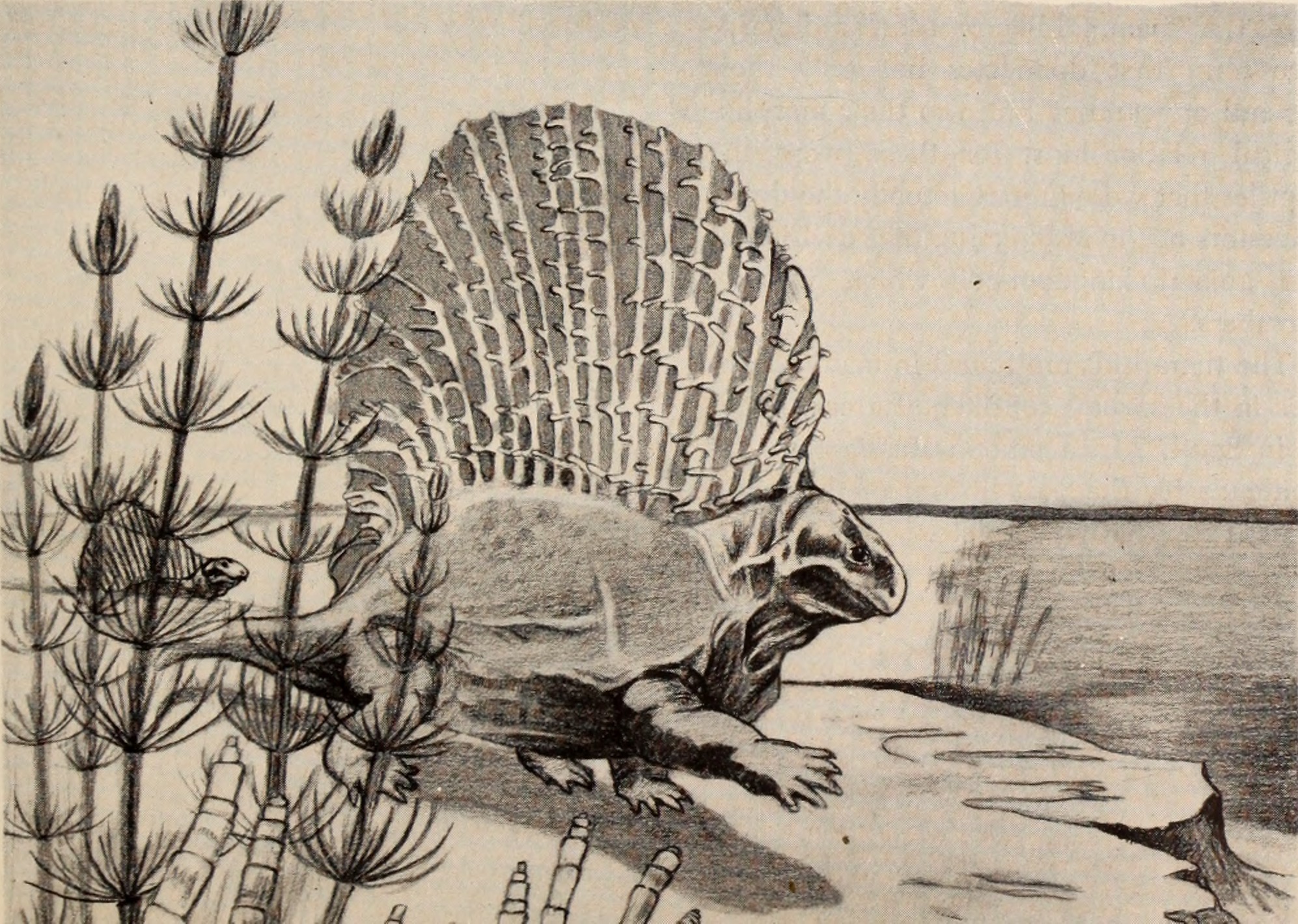
High-end fashion houses are now offering bespoke dinosaur-inspired couture services, creating one-of-a-kind pieces for wealthy clients who want to channel their inner prehistoric predator. These custom creations can take months to complete and often incorporate actual fossil elements or rare materials. One recent commission involved a gown that featured over 10,000 hand-placed scales, each individually crafted to mimic the skin texture of a specific dinosaur species.
The process of creating these pieces involves extensive collaboration between designers, paleontologists, and craftspeople. Clients often visit dig sites and museums as part of the design process, ensuring their garments reflect accurate scientific understanding. The most exclusive pieces can cost upwards of $500,000, making them accessible only to the ultra-wealthy.
Paleo-Parties: Socializing in the Stone Age
The social scene has embraced dinosaur culture with elaborate themed events that rival the most exclusive galas. The annual “Mesozoic Ball” in Los Angeles attracts celebrities, scientists, and socialites who compete to create the most impressive dinosaur-inspired ensembles. These events feature live paleontology demonstrations, fossil auctions, and entertainment that blends education with luxury.
Private collectors are hosting intimate dinner parties in their homes, surrounded by their dinosaur fossil collections and served by staff dressed as paleontologists. These gatherings often feature presentations by renowned scientists and can include exclusive previews of new discoveries. The social currency of owning and displaying dinosaur artifacts has become a marker of cultural sophistication among the elite.
Scientific Accuracy vs. Artistic License
The glamorization of dinosaur culture has sparked important debates within the scientific community about accuracy versus artistic interpretation. While many paleontologists appreciate the increased public interest in their field, some worry that fashion and entertainment are promoting misconceptions about prehistoric life. The ongoing challenge is maintaining scientific integrity while allowing creative expression to flourish.
Some museums and researchers have taken proactive approaches, working directly with fashion houses and entertainment companies to ensure their dinosaur representations remain as accurate as possible. These collaborations have led to more scientifically informed designs and have helped educate the public about the latest paleontological discoveries. The result is a more sophisticated understanding of prehistoric life among fashion-conscious consumers.
The Future of Fossil Fashion
Industry experts predict that dinosaur culture’s glamorous evolution is just beginning. Emerging technologies like bioprinting and synthetic biology may soon allow designers to create materials that more closely mimic the actual properties of dinosaur skin and scales. Virtual reality experiences are being developed that will allow consumers to “walk” through prehistoric landscapes while shopping for dinosaur-inspired products.
The integration of artificial intelligence and machine learning is also opening new possibilities for dinosaur fashion. AI systems are being trained to analyze fossil data and generate design suggestions that accurately reflect the appearance and behavior of extinct species. This technology could revolutionize how designers approach prehistoric inspiration, leading to more authentic and scientifically grounded creations.
Global Impact: Dinosaurs Cross Cultural Boundaries
The dinosaur glamour phenomenon has transcended Western culture, inspiring designers and artists around the world to explore their own relationships with prehistoric life. Japanese fashion houses have created collections that blend traditional aesthetics with dinosaur motifs, while South American designers draw inspiration from the rich fossil record of their own regions. This global perspective has enriched the conversation about prehistoric life and its modern interpretations.
Cultural exchanges have emerged, with museums and fashion houses collaborating across continents to create exhibitions that explore how different societies interpret dinosaur culture. These collaborations have led to a more nuanced understanding of how ancient life can be reimagined through contemporary luxury and fashion. The result is a truly global movement that celebrates both scientific discovery and artistic creativity.
Environmental Consciousness in Prehistoric Fashion
The dinosaur fashion movement has also embraced environmental sustainability, with many designers drawing parallels between the extinction of dinosaurs and current climate challenges. Luxury brands are increasingly using recycled materials and sustainable production methods in their prehistoric-inspired collections. This approach resonates with environmentally conscious consumers who see dinosaur culture as a reminder of the importance of protecting Earth’s biodiversity.
Some fashion houses have partnered with conservation organizations, donating portions of their dinosaur collection profits to protect endangered species and preserve fossil sites. These partnerships have created a meaningful connection between prehistoric appreciation and contemporary environmental action. The message is clear: by celebrating ancient life, we can better understand our responsibility to protect the life that exists today.
Conclusion: When Ancient Worlds Meet Modern Glamour
The transformation of dinosaur culture from dusty museum displays to glittering red carpet statements represents more than just a trend—it’s a fundamental shift in how we relate to our planet’s ancient past. This glamorous evolution has created new ways for people to connect with science, sparked important conversations about extinction and environmental protection, and demonstrated that education and luxury can coexist beautifully.
As we move forward, the marriage of prehistoric fascination and contemporary glamour will likely continue to evolve, bringing new innovations in fashion, technology, and scientific communication. The success of this movement proves that there’s something deeply compelling about connecting with creatures that lived millions of years ago, and that this connection can be both intellectually stimulating and undeniably stylish.
The next time you see a celebrity wearing dinosaur-inspired jewelry or visit a museum’s newly redesigned prehistoric exhibit, remember that you’re witnessing the ongoing evolution of how we celebrate our planet’s incredible history. Who would have thought that creatures extinct for 65 million years could become the height of modern sophistication?


